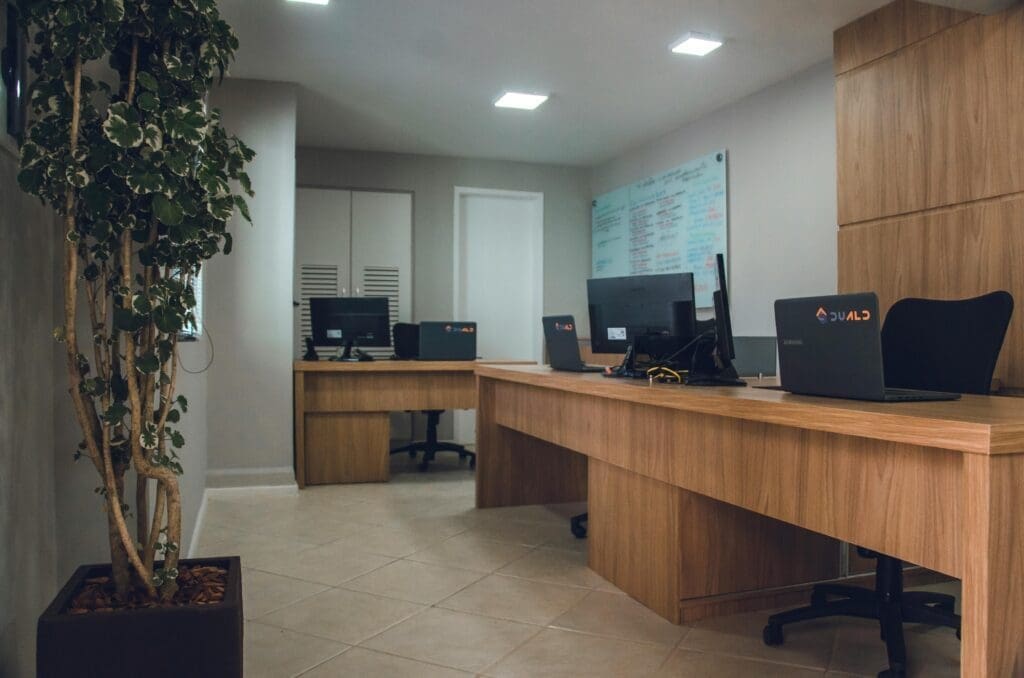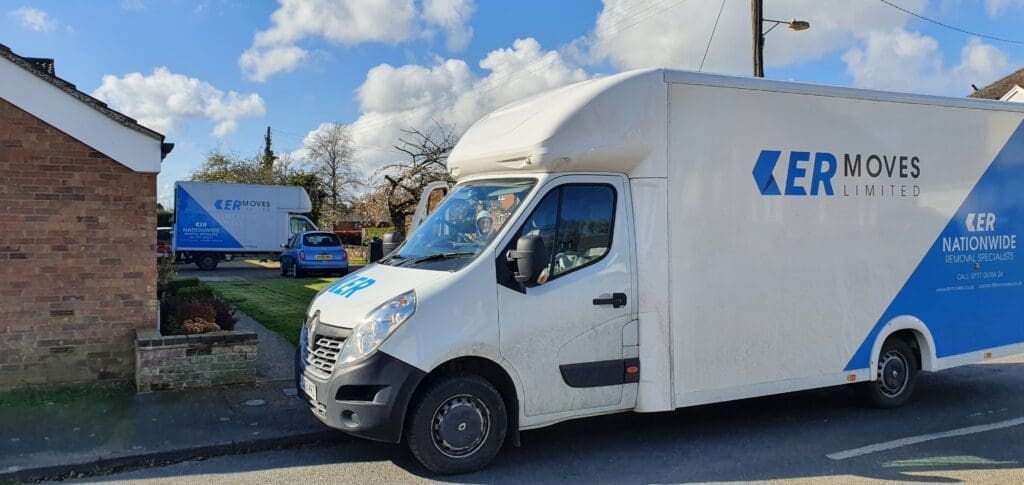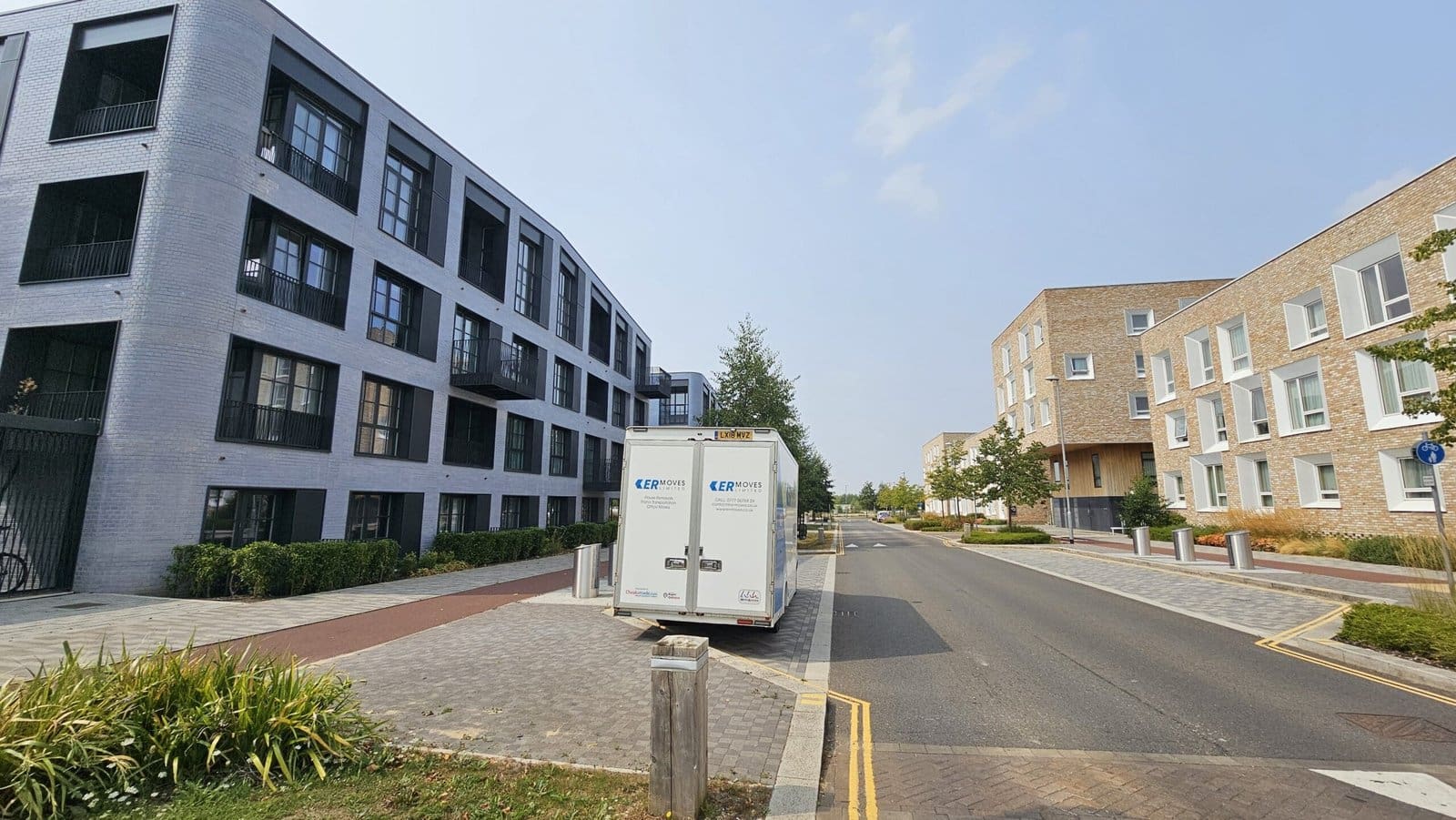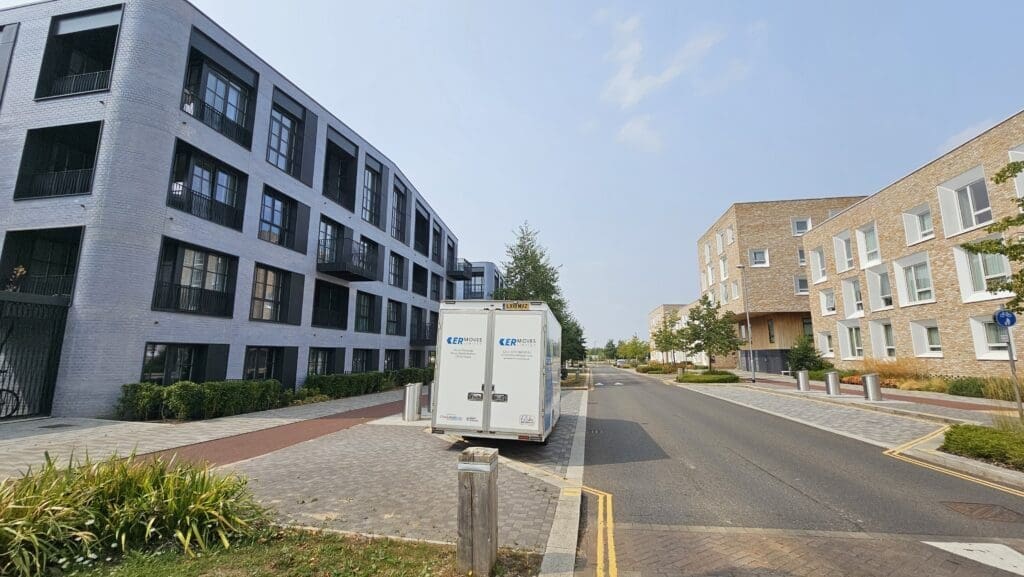Relocating a business is a major step that can unlock growth opportunities, improve accessibility, and provide a fresh work environment. However, without a structured plan, business and office moves can lead to downtime, logistical challenges, and unnecessary stress. To ensure a smooth transition, companies should follow a well-organized relocation strategy.
1. Why Businesses Relocate
Companies move for various reasons, whether to accommodate growth, improve location, or reduce operational costs. Expansion often demands more space, while some businesses relocate to be closer to clients or access a better talent pool. Additionally, cost efficiency plays a role, as businesses seek affordable lease options or tax advantages.
Upgrading facilities is another key factor, especially for organizations that need modern technology and infrastructure. Workplace culture also influences relocation decisions, as companies aim to create an environment that enhances employee satisfaction and productivity.
2. Creating an Office Relocation Plan
A well-structured plan is the foundation of any successful business and office move. Instead of rushing the process, companies should begin preparations months in advance to avoid unnecessary delays.
Set a Timeline
Early planning ensures minimal disruptions and keeps everything on track. A moving checklist should outline key tasks such as notifying employees and clients, arranging IT infrastructure and utilities, packing and labelling office equipment, and coordinating with a professional moving company.
Appoint a Move Coordinator
To streamline communication and logistics, appointing a move coordinator is essential. This individual, or a dedicated relocation team, will oversee tasks, manage deadlines, and handle any unexpected challenges.
Determine Budget & Costs
Every office move comes with expenses. Budgeting should include moving company fees, packing supplies, IT setup, and office furniture costs. Additionally, businesses must prepare for unforeseen expenses that could arise during the transition.
3. Choosing the Right Moving Company
Partnering with a professional removal company is a crucial step in business and office moves. The right provider should have experience with commercial relocations, offer insurance coverage, and provide reliable customer reviews.
IT handling services can also be a deciding factor, as companies must ensure the safe transport of computers, servers, and networking equipment. Comparing multiple quotes helps businesses find a service that aligns with their needs and budget.
4. Minimizing Downtime During the Move
Keeping operations running smoothly is a priority during an office move. To minimize disruptions, businesses can take the following steps:
- Relocate in Phases – Moving departments gradually reduces workflow interruptions.
- Encourage Remote Work – Employees working remotely during the transition maintain business continuity.
- Communicate with Clients – Providing updates via email, website announcements, and social media prevents confusion.
- Backup Important Data – Protecting digital files ensures no information is lost during the transition.
- Test Systems Before Reopening – Ensuring phone lines, internet, and workstations function properly avoids delays.
5. Packing & Organizing the Office
An organized approach to packing can save time and simplify the move-in process.
Label Everything
Clearly marked boxes make unpacking effortless. A color-coded system streamlines the setup by categorizing items according to department.
Declutter Before Moving
Relocation offers a great opportunity to eliminate outdated equipment, excessive paperwork, and unused office supplies. Instead of moving unnecessary items, consider donating, recycling, or selling them to free up space.
Secure IT Equipment
Computers, servers, and other electronics require extra care. Collaborating with IT professionals ensures that devices are transported securely and set up correctly at the new location.
6. Setting Up the New Office
Once the move is complete, the focus shifts to optimizing the new workspace for efficiency and comfort.
- Prioritize IT Setup – Wi-Fi, computers, and phone systems should be operational before employees return.
- Organize Workstations – A well-planned layout enhances productivity and accessibility.
- Ensure Safety Compliance – Fire exits, emergency procedures, and health regulations must be reviewed.
- Boost Employee Morale – A welcome event or office gathering helps staff settle in and feel motivated.
7. Updating Business Information
After relocating, businesses must update their details to maintain professionalism and prevent confusion.
- Update Address on Legal Documents – Banks, suppliers, and official records need accurate information.
- Revise Online Listings – The company website, Google My Business, and social media profiles must reflect the new location.
- Notify Clients and Partners – Sending out formal announcements ensures smooth communication.
Final Thoughts
Business and office moves can lead to exciting opportunities when executed correctly. With a detailed plan, professional assistance, and clear communication, companies can transition seamlessly with minimal disruptions.
If your business is preparing for a relocation, working with an experienced removal company can make all the difference. Contact a trusted moving service today to ensure a hassle-free office move!





























